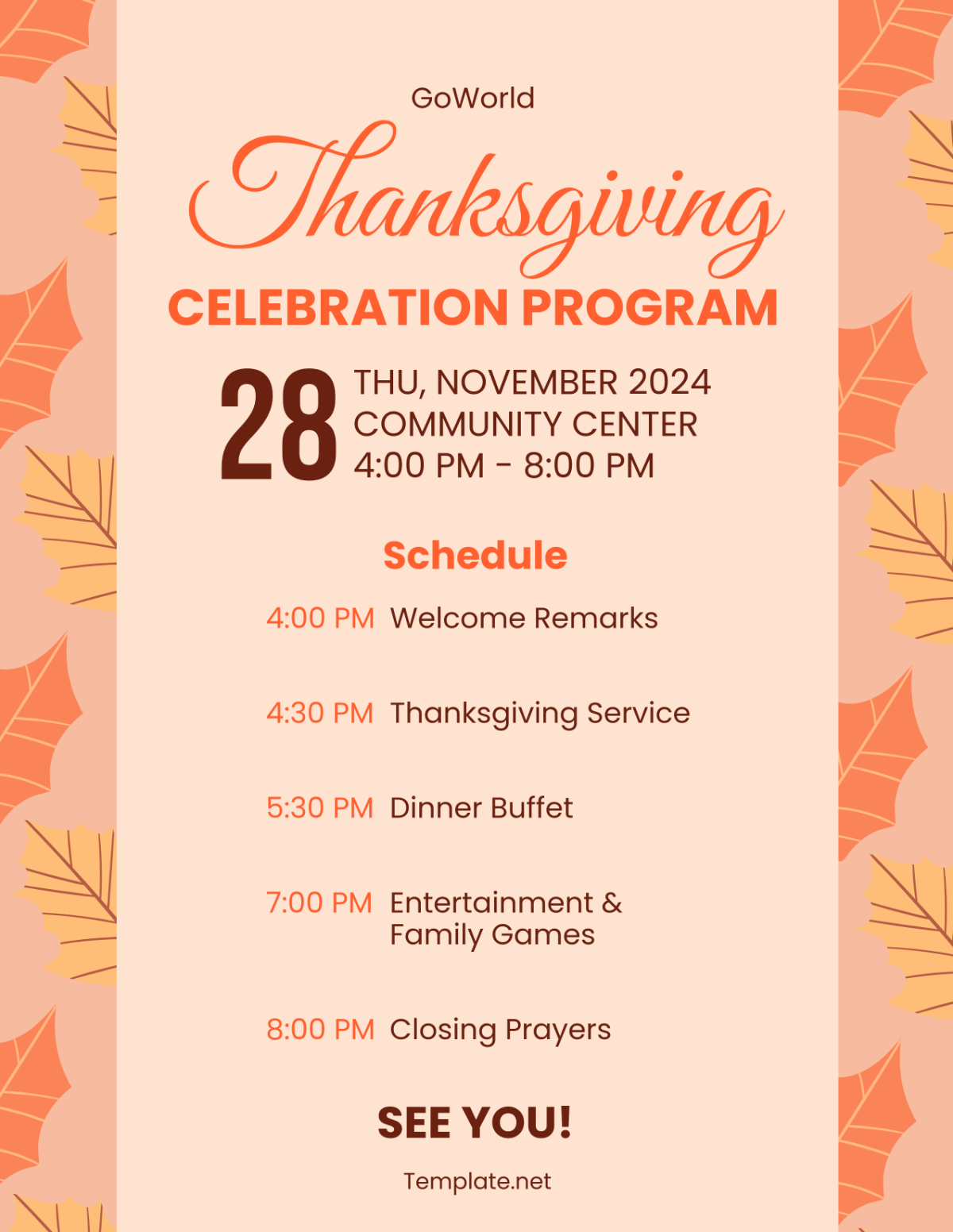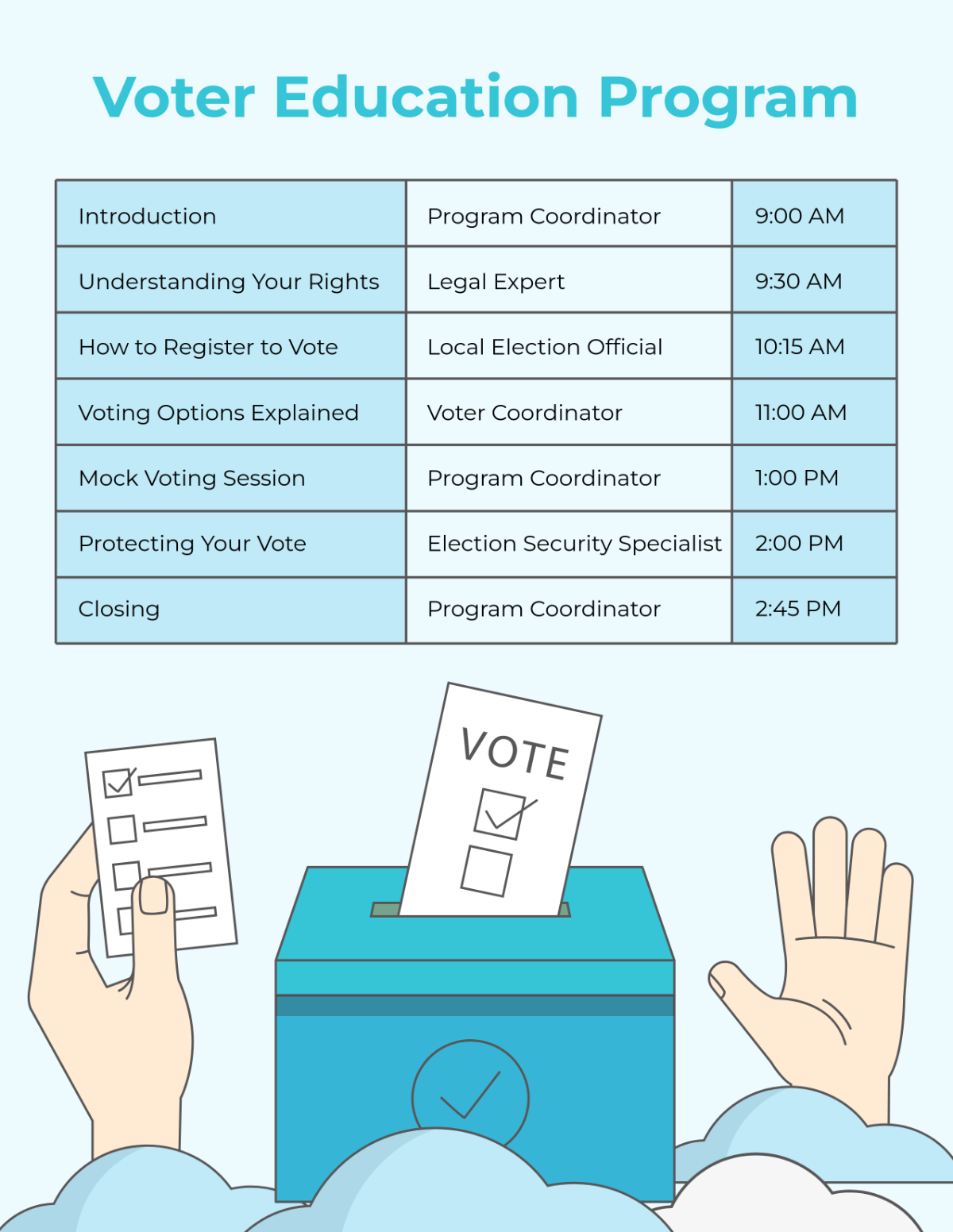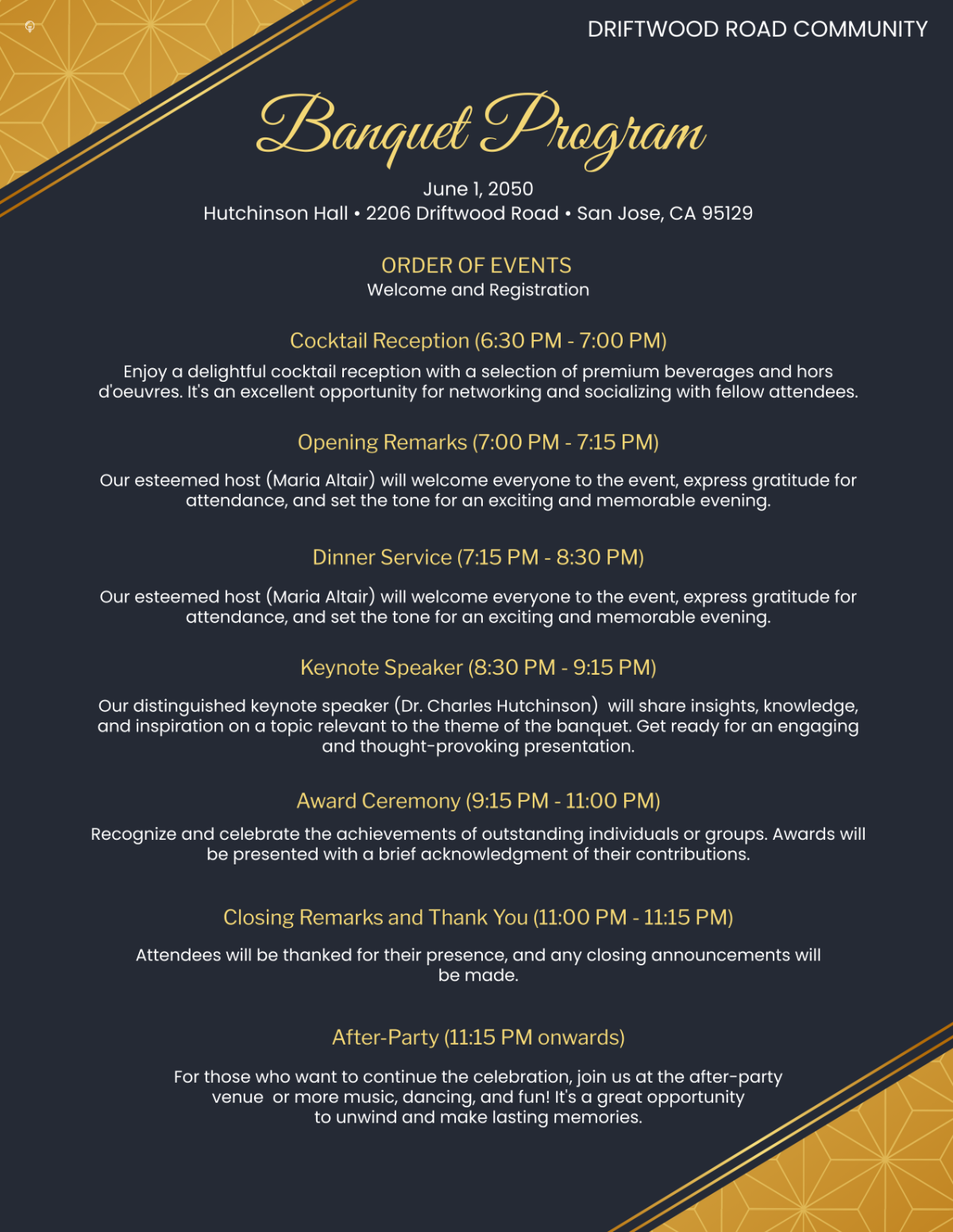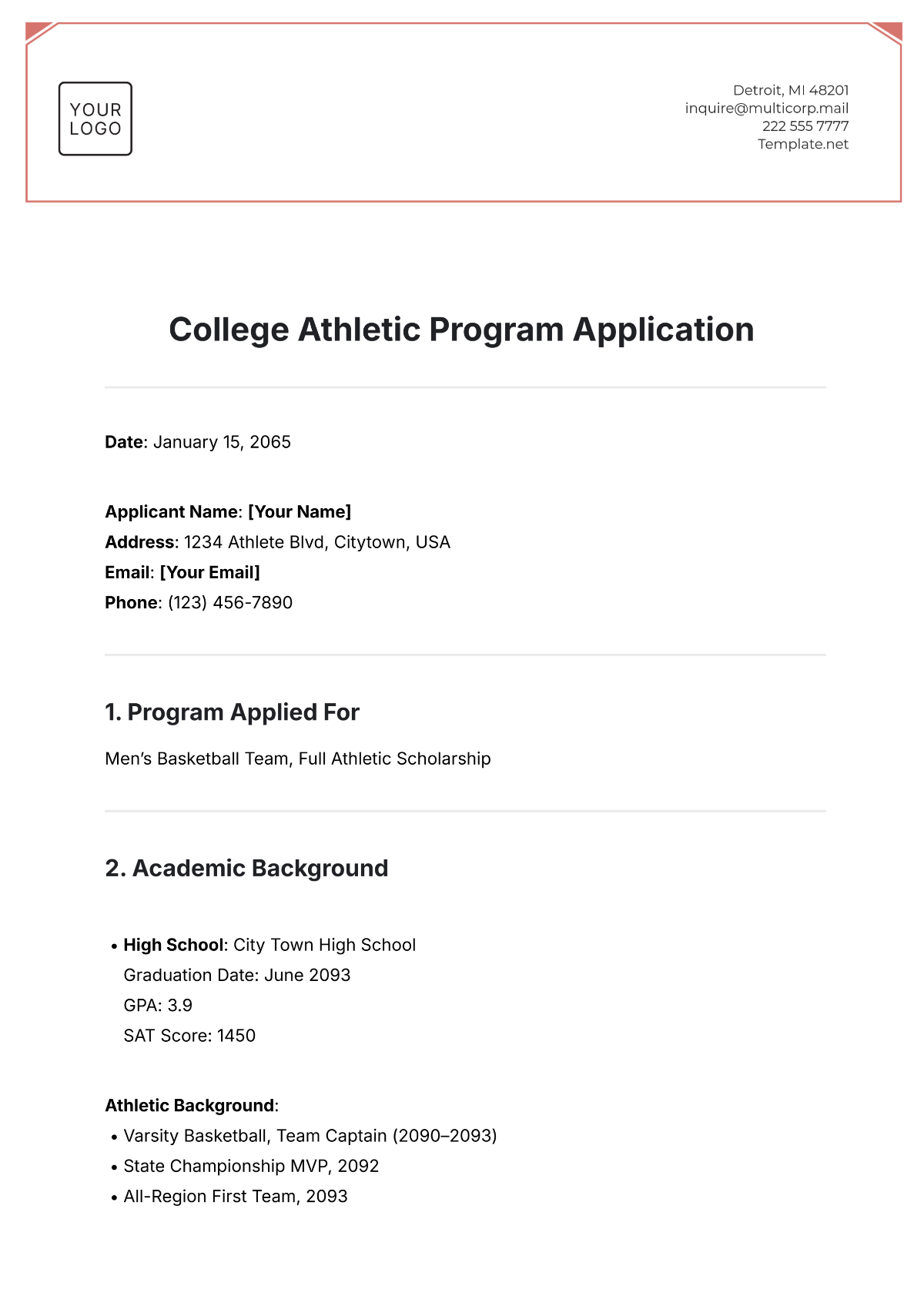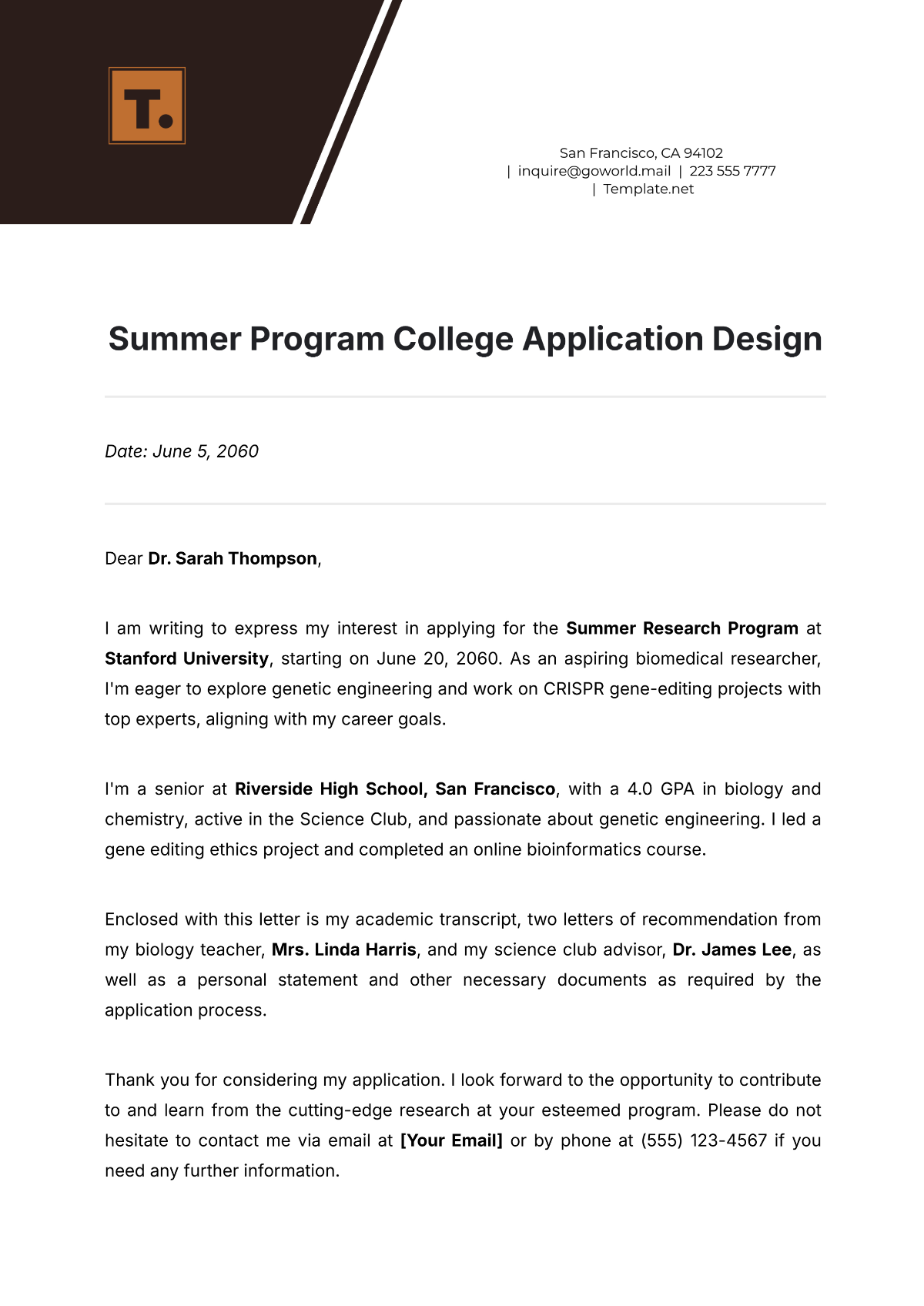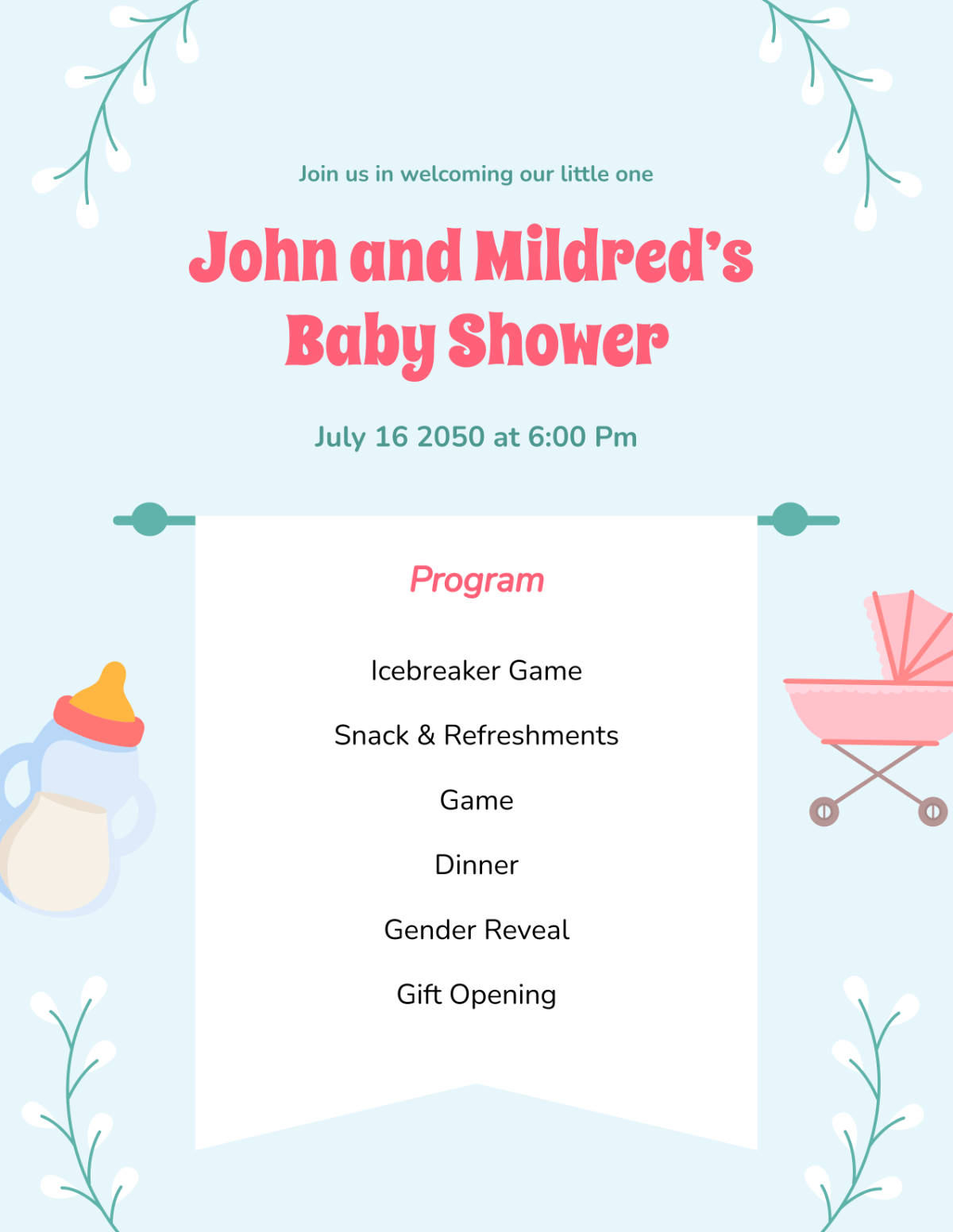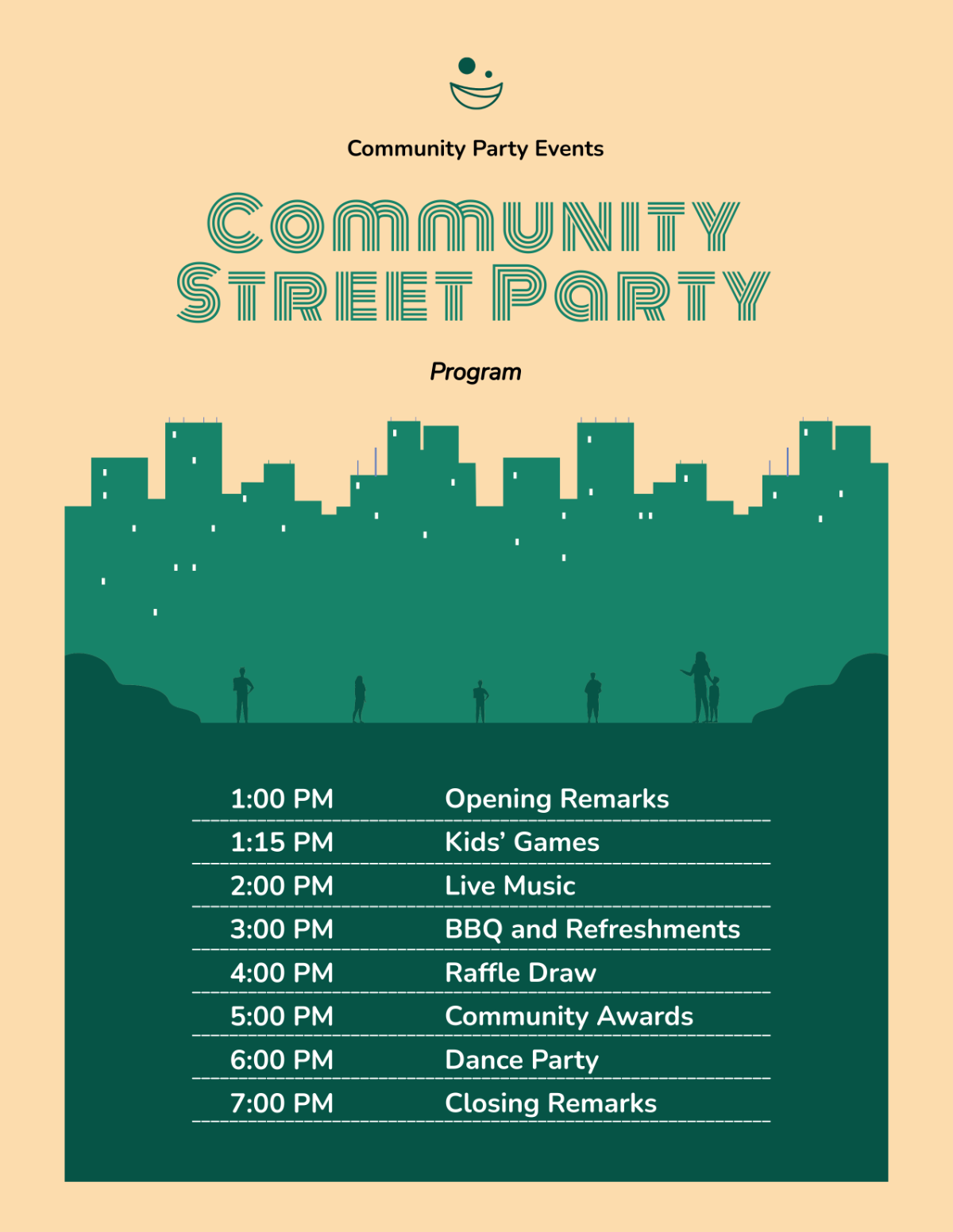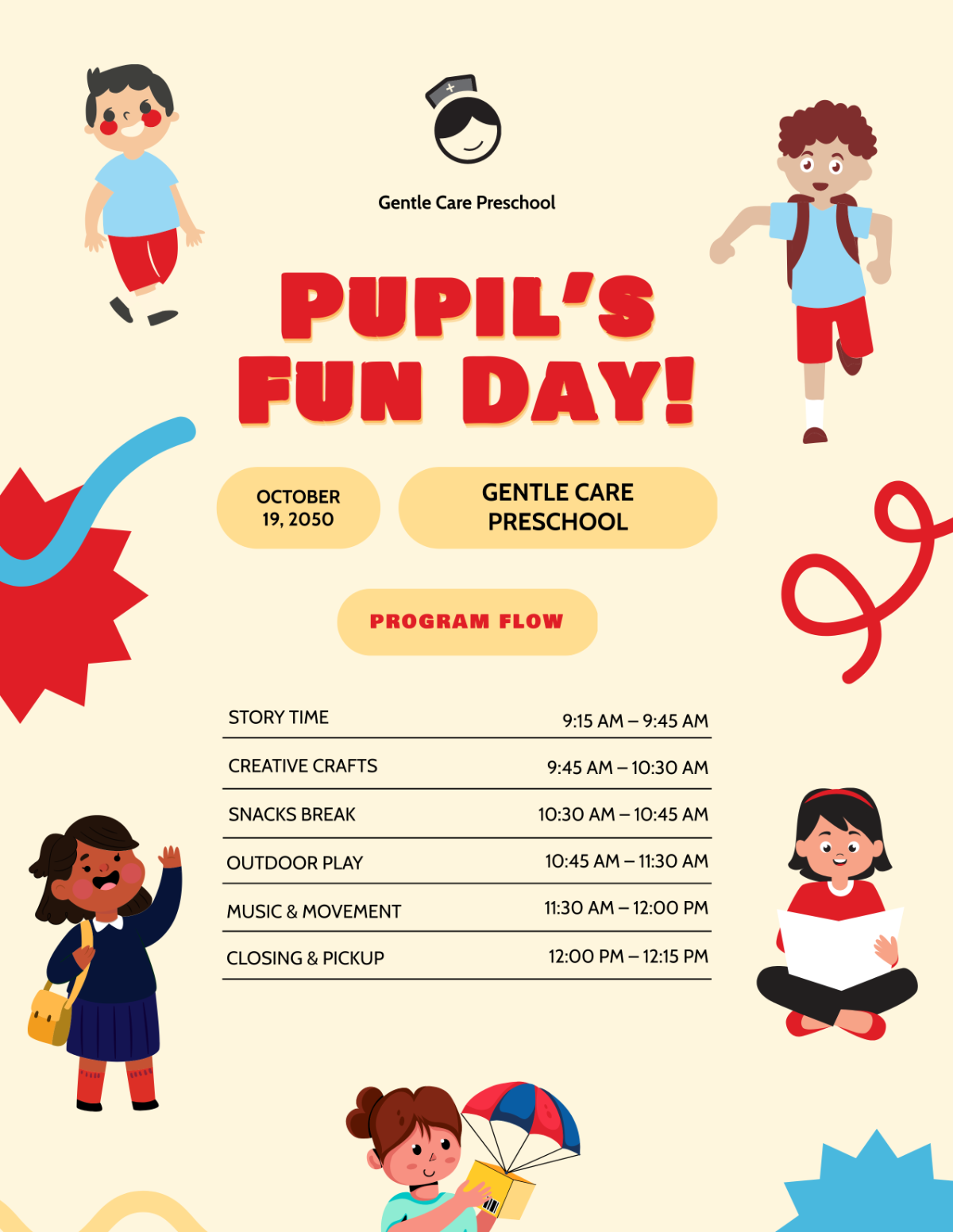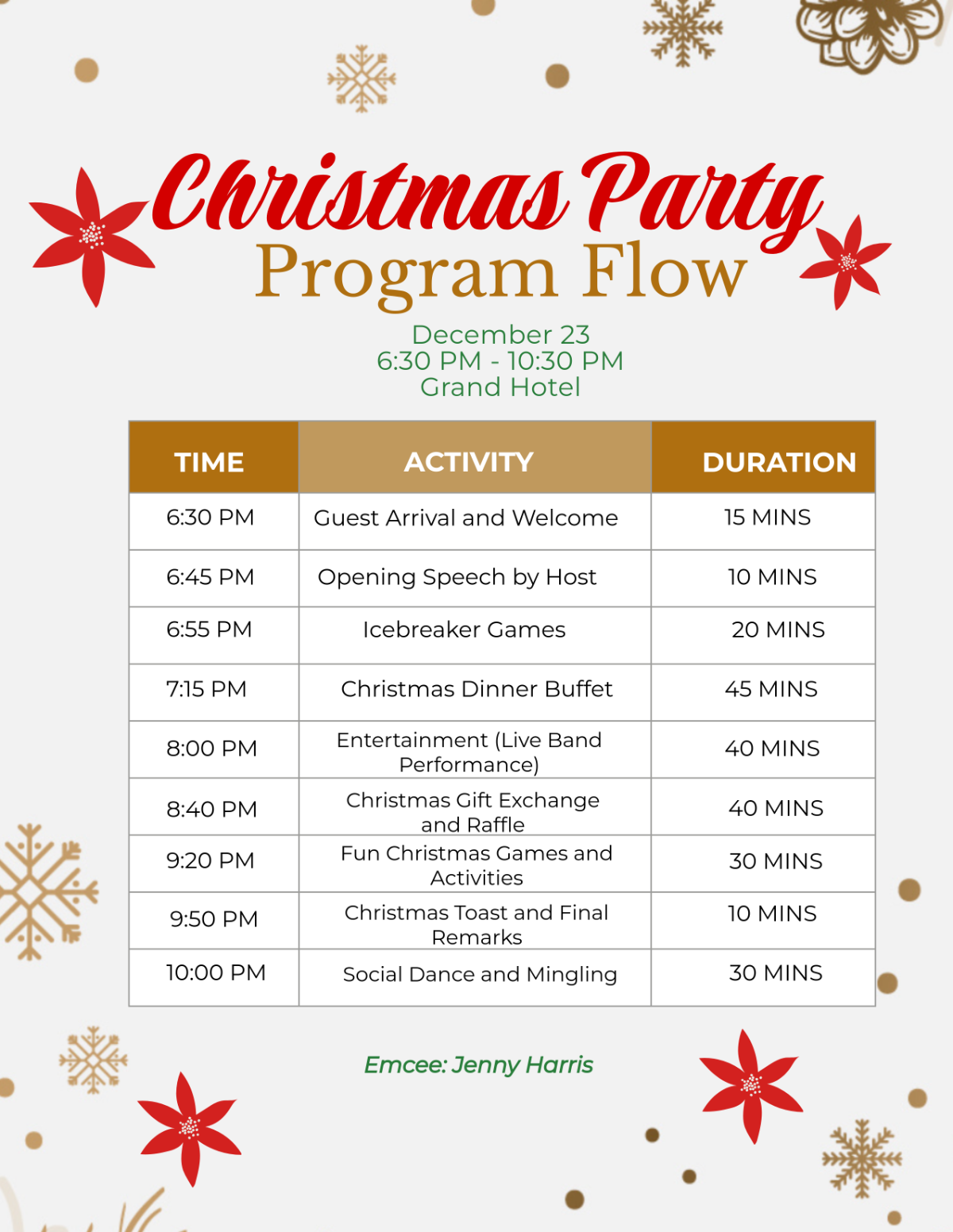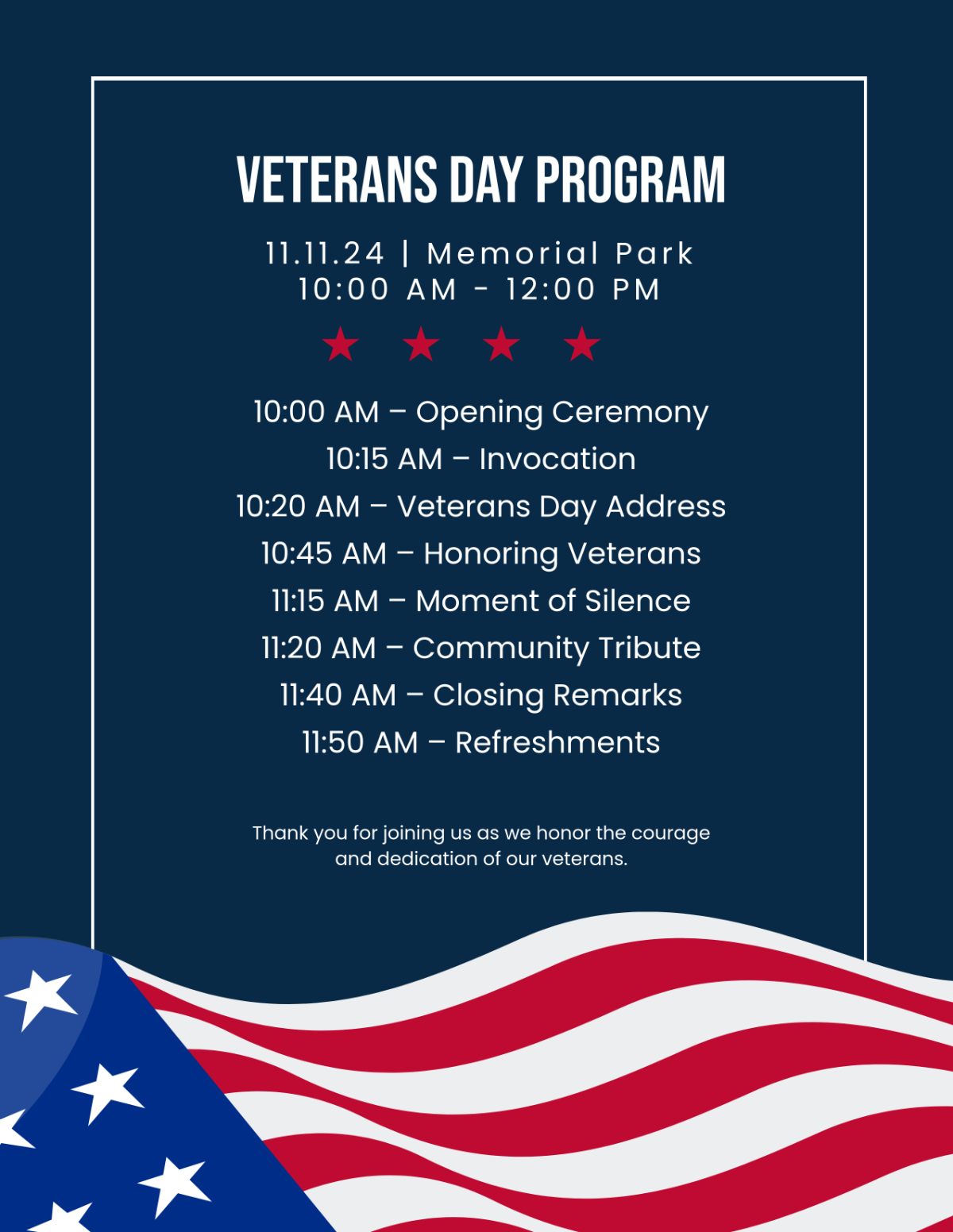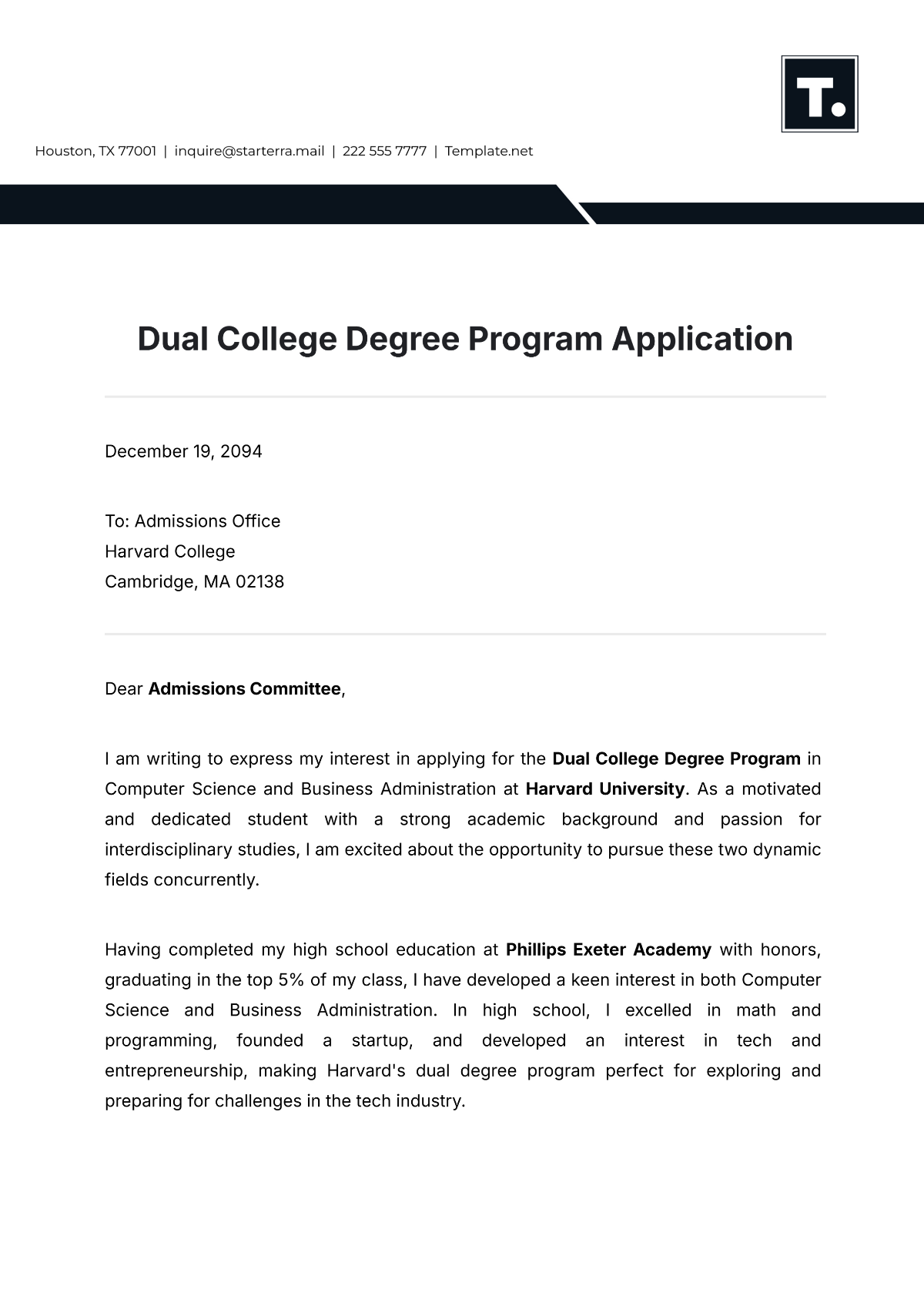Grocery Store Gift Cards Program Design
I. Executive Summary
[Your Company Name]'s Grocery Store Gift Cards Program is designed with multiple objectives in mind. The Grocery Store Gift Cards Program aims to boost customer engagement and sales, strengthen brand loyalty, and provide an easy gifting solution.
II. Market Analysis
Target Audience
Regular shoppers who frequent the store for their weekly groceries, gift givers looking for convenient present options, and corporate clients seeking bulk purchases for employee rewards. Identifying these groups helps tailor marketing efforts and card designs to meet their specific needs.
Competitive Analysis
Analyzing competitor programs reveals common practices such as bonus promotions and holiday-themed designs. This comparison helps in differentiating our program through unique features and better customer incentives.
Customer Insights
Surveys and focus groups indicate a strong preference for digital cards among younger customers, while older demographics favor physical cards. Insights also show that customers appreciate reloadable options for budgeting purposes.
III. Program Structure
Types of Gift Cards
Physical cards available in-store and digital cards accessible through the grocery store’s website and mobile app. Reloadable options provide convenience for regular shoppers who want to manage their grocery spending.
Denominations
Standard amounts such as $10, $25, $50, and $100 cater to a wide range of gifting needs, while custom amounts allow for flexibility. This range ensures that the cards appeal to both small and large spenders.
Expiration and Fees
Cards come with no expiration dates and no inactivity fees, promoting customer confidence and long-term usability. Clear communication about these terms is essential to building trust.
IV. Financial Plan
Budgeting
Initial setup costs include system integration, card design, and marketing campaign development, estimated at $50,000. Ongoing operational costs involve card production, transaction fees, and customer support, totaling approximately $10,000 annually.
Revenue Projections
With an estimated 10,000 cards sold in the first year, projected revenue is $250,000. Profit margins are expected to increase as the program gains popularity and customer adoption grows.
Break-even Analysis
The program is expected to break even within the first 12 months, assuming steady sales growth and effective marketing. Regular reviews will ensure cost management and financial health.
V. Technical Infrastructure
System Requirements
Implementation of robust software to handle card activation, real-time balance tracking, and secure transaction processing. The system must integrate seamlessly with existing POS systems and the online shopping platform.
Integration
Compatibility with current POS systems ensures smooth in-store transactions, while integration with the e-commerce platform enables online sales. This dual approach provides a cohesive customer experience.
Security
Advanced encryption and fraud detection measures protect against unauthorized use and data breaches. Regular security audits and updates maintain the integrity of the program.
VI. Legal and Compliance
Terms and Conditions
Comprehensive terms of use detail redemption policies, limitations, and customer rights, ensuring transparency. Clear communication of these terms helps prevent misunderstandings and disputes.
Regulatory Compliance
Adherence to federal and state laws governing gift cards, including regulations on expiration dates and fees. Regular legal reviews ensure ongoing compliance.
Consumer Protection
Policies are in place to protect customers in case of lost or stolen cards, with options for card replacement. Providing excellent customer service supports these protective measures.
VII. Marketing and Promotion
Branding
Gift cards feature eye-catching designs that reflect the store’s branding and seasonal themes. Consistent branding across all promotional materials reinforces brand recognition.
Launch Campaign
A multi-channel marketing campaign, including email marketing, in-store displays, and social media promotions, introduces the program to customers. Engaging content and special launch offers drive initial interest.
Ongoing Promotion
Regular promotions during holidays and special occasions encourage repeat purchases and gift card use. Loyalty program tie-ins offer additional rewards for customers who buy or reload gift cards.
Customer Education
Informative content, such as FAQs, video tutorials, and in-store brochures, educates customers on the benefits and usage of gift cards. Clear instructions ensure a smooth customer experience.
VIII. Distribution and Sales Channels
In-store Sales
Strategically placed displays near checkout counters and high-traffic areas increase visibility and impulse purchases. Staff training ensures knowledgeable assistance for customers.
Online Sales
Integration with the store’s e-commerce platform allows customers to purchase and send digital gift cards conveniently. Partnerships with third-party sites expand reach and accessibility.
Corporate Sales
Dedicated sales team targets businesses for bulk purchases, offering volume discounts and customization options. Corporate clients use these cards for employee incentives and customer rewards.
IX. Implementation Timeline
Phase 1 | Planning and design (Month 1-2) involving market research, financial planning, and initial card design. |
Phase 2 | Development and testing (Month 3-4), including system integration, security testing, and pilot testing in select stores. |
Phase 3 | Pilot launch (Month 5) in a limited number of stores to gather initial feedback and make necessary adjustments. |
Phase 4 | Full-scale rollout (Month 6-7) across all stores and online platforms, supported by a comprehensive marketing campaign. |
Phase 5 | Post-launch evaluation and adjustments (Month 8-12), focusing on performance analysis and program refinement based on feedback and KPIs. |









